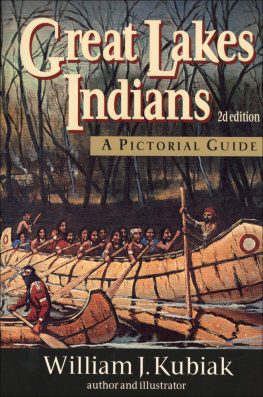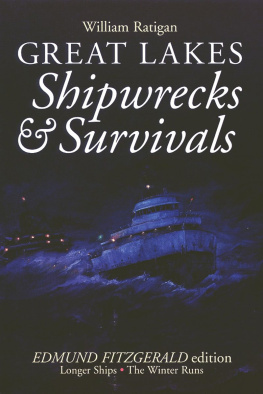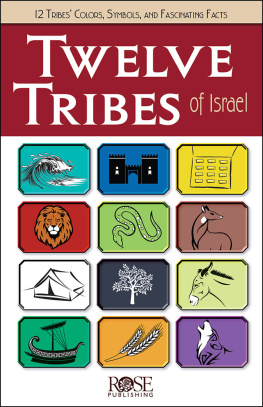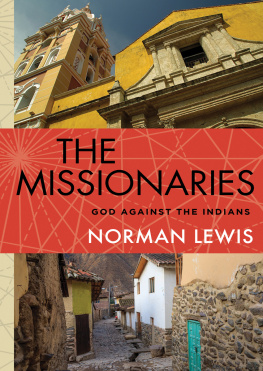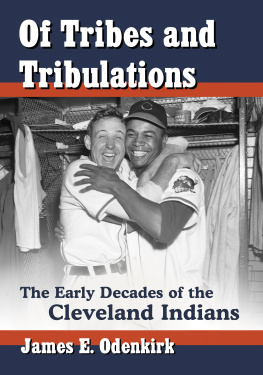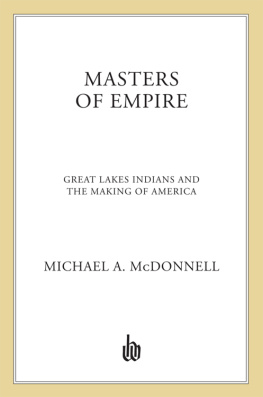William J. Kubiak - Great Lakes Indians: A Pictorial Guide
Here you can read online William J. Kubiak - Great Lakes Indians: A Pictorial Guide full text of the book (entire story) in english for free. Download pdf and epub, get meaning, cover and reviews about this ebook. year: 1999, publisher: Baker Books, genre: Home and family. Description of the work, (preface) as well as reviews are available. Best literature library LitArk.com created for fans of good reading and offers a wide selection of genres:
Romance novel
Science fiction
Adventure
Detective
Science
History
Home and family
Prose
Art
Politics
Computer
Non-fiction
Religion
Business
Children
Humor
Choose a favorite category and find really read worthwhile books. Enjoy immersion in the world of imagination, feel the emotions of the characters or learn something new for yourself, make an fascinating discovery.
- Book:Great Lakes Indians: A Pictorial Guide
- Author:
- Publisher:Baker Books
- Genre:
- Year:1999
- Rating:3 / 5
- Favourites:Add to favourites
- Your mark:
- 60
- 1
- 2
- 3
- 4
- 5
Great Lakes Indians: A Pictorial Guide: summary, description and annotation
We offer to read an annotation, description, summary or preface (depends on what the author of the book "Great Lakes Indians: A Pictorial Guide" wrote himself). If you haven't found the necessary information about the book — write in the comments, we will try to find it.
Great Lakes Indians: A Pictorial Guide — read online for free the complete book (whole text) full work
Below is the text of the book, divided by pages. System saving the place of the last page read, allows you to conveniently read the book "Great Lakes Indians: A Pictorial Guide" online for free, without having to search again every time where you left off. Put a bookmark, and you can go to the page where you finished reading at any time.
Font size:
Interval:
Bookmark:


1970, 1999 by William J. Kubiak
Published by Baker Books
a division of Baker Publishing Group
P.O. Box 6287, Grand Rapids, MI 49516-6287
www.bakerbooks.com
Ebook edition created 2013
All rights reserved. No part of this publication may be reproduced, stored in a retrieval system, or transmitted in any form or by any meansfor example, electronic, photocopy, recordingwithout the prior written permission of the publisher. The only exception is brief quotations in printed reviews.
ISBN 978-1-4412-4129-0
Library of Congress Cataloging-in-Publication Data is on file at the Library of Congress, Washington, DC.
The following persons and organizations are in possession of some of the paintings used as illustrations in this book. The author gratefully acknowledges the permission to use them in this way.
Photographs of the paintings were taken by Robert L. Kubiak
To no one person or group
can this book be more appropriately dedicated
than to all the Indians of the Great Lakes Area.
My first serious interest in Indians came when I met Harold Yeiter, an old friend and art associate of fifteen years. He was and still is a wonderful painter of Western Indians. Our conversations about Indians and art stimulated me enough to light the spark, and, ever since, I have been completely fascinated by the subject. I have noticed that the more one reads and learns about the Indians, the less one feels he knows about them. It is difficult to find source material, because there just isnt that much to be found. The popular history of the Western Indians took place mainly in the nineteenth century, whereas that of the Indians in the Great Lakes area was just coming to a close at that time. The facts on Western Indians are still fairly fresheven photographs are obtainablebut this is not true of Indians of the Great Lakes area in earlier times.
Writing and illustrating this book were somewhat like trying to put a jigsaw puzzle together with some of the pieces missing. To get a full picture of the Indians in the Upper Midwest, one must go through scores of books, snatching a little information here and a little there, never feeling certain of what one is reading. Trying to remember the names of Indians, where they lived, and where they came from was and still is a difficult task. It seemed almost impossible to get a clear mental picture of how they looked, because seldom, if ever, did the books or articles carry good illustrations of them.
Most persons think Indians of the past were just Indiansthey all wore war bonnets, rode horses, attacked wagon trains, and lived in tipis. This extensive illusion stems largely from movies and television.
History books in our schools today rarely devote more than one short chapter to the subject, and this usually is poorly written and illustrated. The popular opinion of the Indian has been based upon prejudice and ignorance, for students too often receive just enough information to let them know there were some red savages who inhabited North America at one time. It is to be regretted that we dont have the Indians side of the story to compare with that of his white counterpart.
Far from being satisfied, I wanted to know what a Miami looked like, how a Potawatomi dressed, how a Huron fixed his hair, and so forth. What I wanted did not exist, so I decided to write and illustrate this book on the subject. Many of the illustrations have been drawn or painted in the past several years; a number of them have been published in The Grand Rapids Press . The illustrations are composites of my own interpretations gained from the bits of information and notes I have collected over these years. Just as archaeologists piece together facts to authenticate their theories, I have sought to piece together what information I could gather to create my Indian illustrations.

E xactly who the Indians are and how they came to be on the American continents may never be known, but many theories have been suggested, some of which are inconsistent, while others seem to have genuine merit.
A few Indians would like to believe that the Mongoloid type Asian actually stems from the American Indian, a complete reversal of the most widely held theory. Such conjecture is accompanied by a total lack of evidence to be found on either of the American continents. Archaeological evidence found in Asia points to the fact that Mongoloid cultures predate that of the American Indian.
Although there may have been more than one way the Indians traveled to the Americas, popular consensus, based on scientific research, points to the probability that American Indians had their origin in northeastern Asia. After crossing from one continent to another, they scattered throughout the New World.
Undoubtedly, all of the Indians did not make this historic move at one time. Probably several, if not hundreds, of large and small migrations, stretching over many years, helped to make up the American Indian race. In some instances migrations may have been forced movements due to a conquering enemy, or by starvation and the search for new and better hunting grounds. Others may have come just because they were curious as to what lay to the east where the sun always rises.
Looking at a map, one can see there are many possibilities of crossing over from Asia to North America. The Bering Strait, approximately forty miles wide, appears to be the most logical point of crossing. The Aleutian Islands, which start at the tip of the Alaskan Peninsula, extend westward in a slightly curving line to the Kamchatka Peninsula, extending southward into the Sea of Okhotsk and the Pacific Ocean. It is interesting to note that the Chinese were aware of the Kamchatka Peninsula at a very early date in history. Of course, any migration by way of this route would involve travel from island to island. Extending southwest from Kamchatka are the Kuril Islands, a chain of islands that lead to Japan or the mainland again. A voyage following this route could have been made in a small craft by following the great thermal ocean current without much danger to the voyagers since they would have been almost within sight of land throughout the entire journey, with only a few minor exceptions.
One cannot rule out the possibility that at one time a land bridge extended between Asia and North America, thus enabling people to cross from one continent to the other with ease. It is also possible that at an early date an ice cap covered part of the Pacific Ocean, providing a crossing point not unlike that which exists in the Arctic today. Still another possibility is travel over the seas, arriving on North American shores by accident.
The time of the migration from Asia to the Americas is unknown at present, but it is generally thought to have occurred during the concluding part of the last Ice Age. A few think that the Indian may have been living in the Americas forty thousand years ago; however, at the present time there is not enough evidence to substantiate this belief. Reliable evidence indicates that Indians were living on the American continents between 12,000 B.C. and 9000 B.C.
The early prehistoric Indians who came to live in the Great Lakes area probably arrived at different times in a series of migrations that stretched over several, and in some cases, thousands of years. We actually do not know their real names, but through evidences of their cultures, archaeologists have been able to identify separate groups and have given them scientific names.
Font size:
Interval:
Bookmark:
Similar books «Great Lakes Indians: A Pictorial Guide»
Look at similar books to Great Lakes Indians: A Pictorial Guide. We have selected literature similar in name and meaning in the hope of providing readers with more options to find new, interesting, not yet read works.
Discussion, reviews of the book Great Lakes Indians: A Pictorial Guide and just readers' own opinions. Leave your comments, write what you think about the work, its meaning or the main characters. Specify what exactly you liked and what you didn't like, and why you think so.

